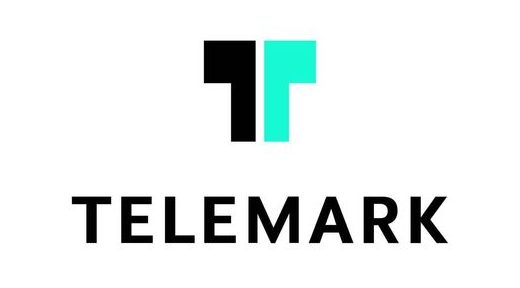
Do the labelling on your food products meet all the fundamental FDA requirements?
We’ll discuss a few items that ought to be listed on every food label in this article. Additionally, we’ll demonstrate how expanded content labels may optimize the marketing potential of your product labels. If you need help with label and sticker requirements in your business, you can check Label Solutions.
Why Upgrade the Design of Your Food Labels?
A healthier lifestyle is steadily becoming more popular in our culture. More than ever before, consumers are looking for natural goods, organic materials, and eco-friendly solutions.
Labels on the package of your food are no different. Most customers always check food labels before making a purchase, according to research on food labelling. They are considering issues such as:
- Ingredients
- the concentration of sugar, fat, and sodium
- Size of servings and calorie counts
- Freshness
- OrganicGMOs
They will purchase something different if they can’t find what they’re looking for or can’t read the label. Researchers discovered in the same study that individuals are more likely to purchase a product if it is clearly marked as “healthy.”
It can be challenging to categorize something as “healthy” or “good for you.” Although there are some restrictions on marketing, if you are open and truthful, the message on your labels can greatly increase sales.
Include These 5 Fundamental Elements on the Labels of Your Food Products
What should be included on your food packaging labels must adhere to strict guidelines set out by the Food and Drug Administration (FDA). Check out this post on cannabis labelling rules if you sell cannabis or CBD-infused products.
According to the FDA, each food label must contain the following five components:
1. Identity Declaration
The package label must properly identify your goods. For instance, the label of a sauce jar might read “Ethiopian Sauce. 35 herbs and spices are used!
Additionally, you must state the intended use. An advertisement for honey, for instance, would read, “Raw Organic Honey from the Rocky Mountains. Pour a mixture into your coffee or drizzle over the toast of your choice.
The majority of consumers are aware of how to use the food in the packaging, but recommendations are a wonderful method to encourage purchases.
2. Net Weight
The weight of the food or contents without packaging is the net weight. Your food label’s bottom 30% upfront must contain your net quantity information. It ought to be on the box or outer packaging as well.
3. Information on the Manufacturer
Include the manufacturer, packer, or distributor’s name and address. Additionally, a qualifying term (such as “distributed by,” “produced for,” etc.) describing the partnership between your business and the company is required.
4. Nutrient Information
The important ones are the next two. They are the items that your customers are seeking when they shop.
To help customers rapidly access the information they require, list the ingredients and nutrition statistics on the same panel. Included on the nutritional panel should be: nutrients, vitamins, and minerals per serving
The data must be completely readable. The FDA advises selecting background and text colours that are in strong contrast. Print the panel with dark or black text on a white or light background, essentially.
Important factors in this case include font size, hairlines, and type. Make sure the data are simple to read for your intended audience.
5. Components
The ingredients can be difficult because the label must list every item that was used to make the meal or liquid. Additionally, they must be listed from most to least in terms of the quantity used for the product.
Include any allergen warnings that may be necessary, such as “this product was prepared in a facility that utilizes peanuts.”
